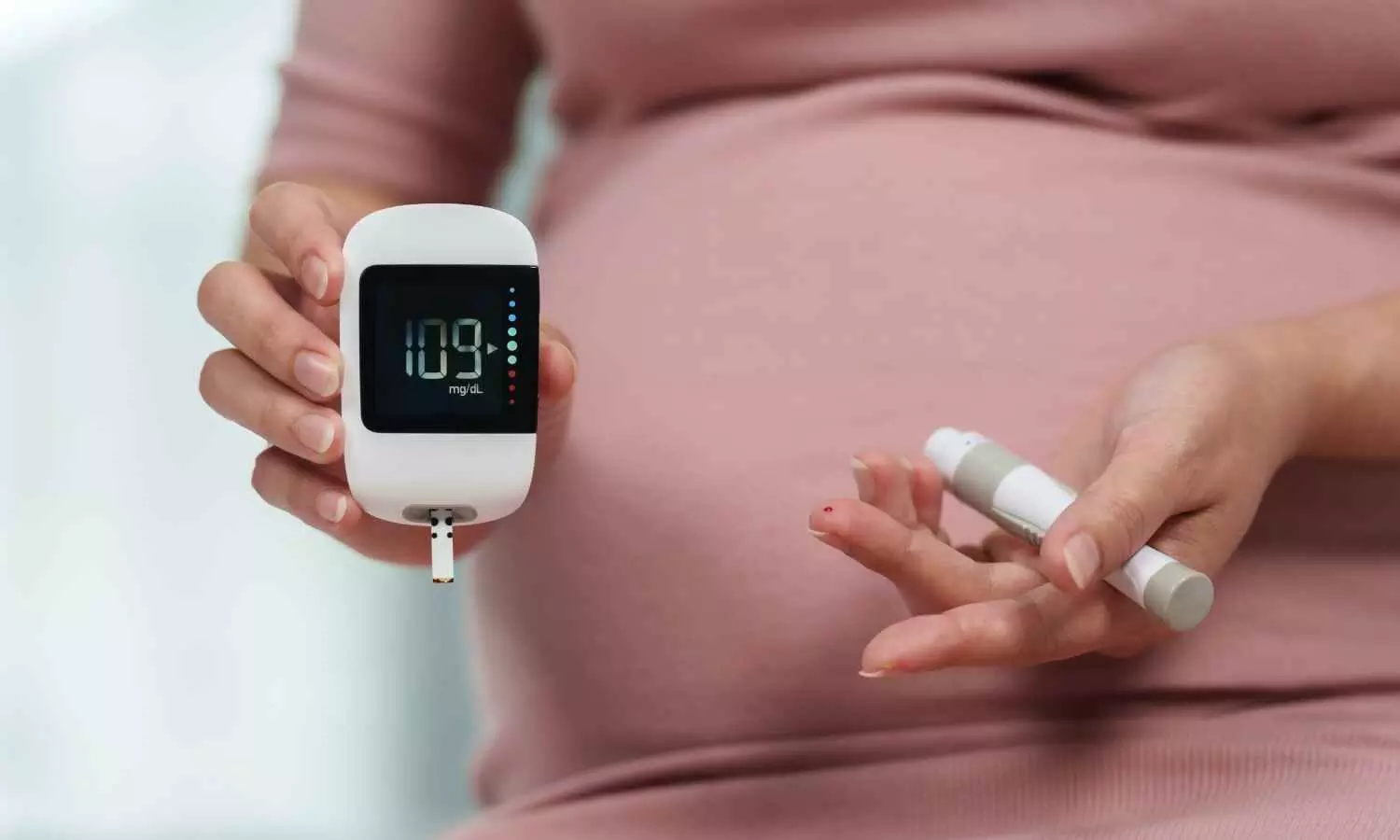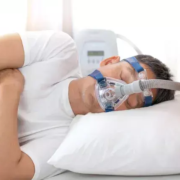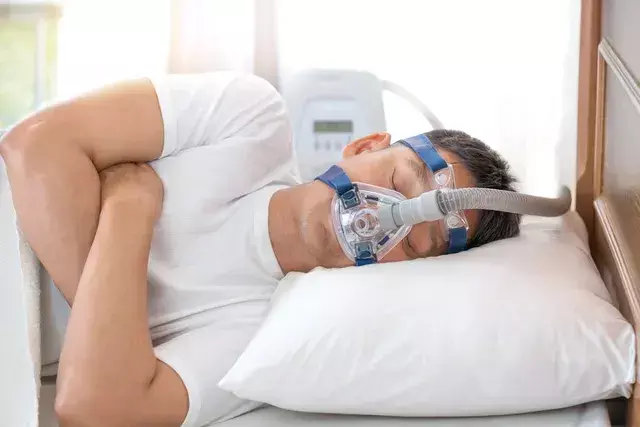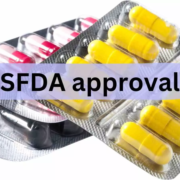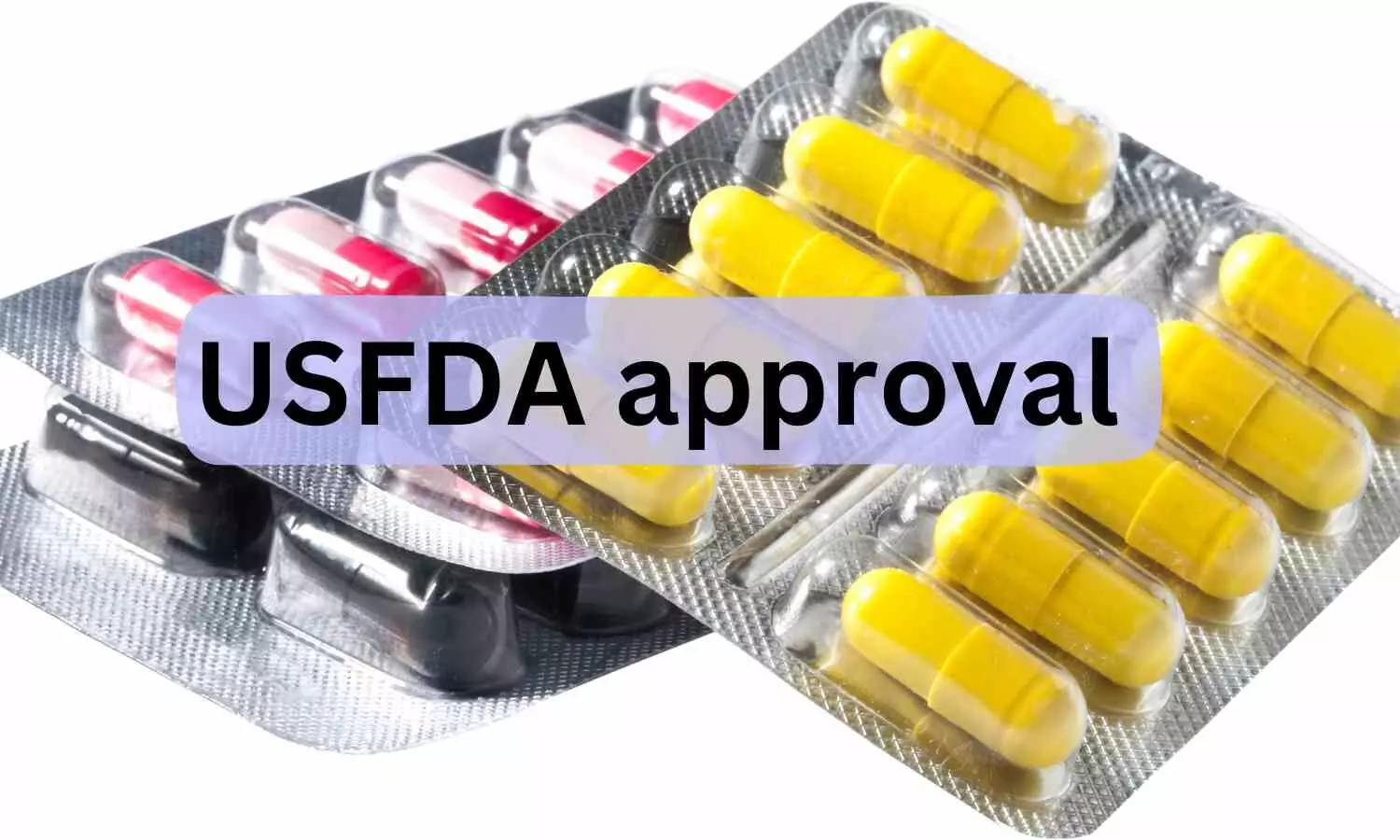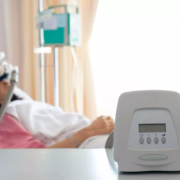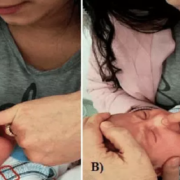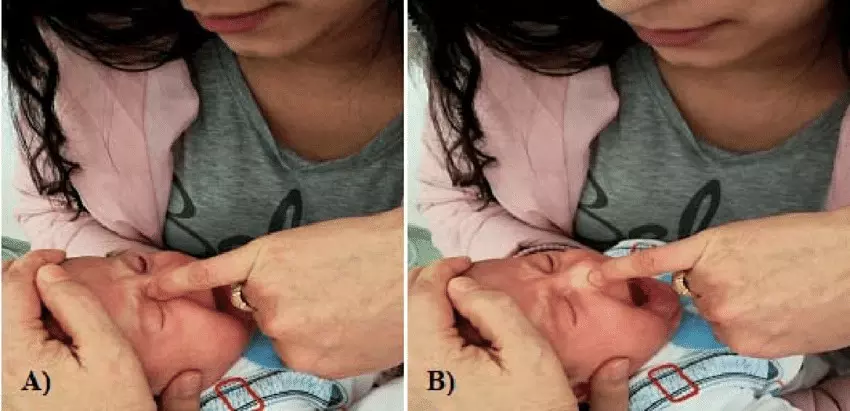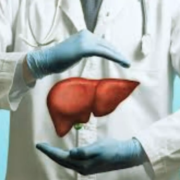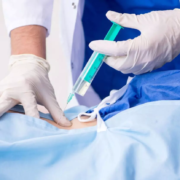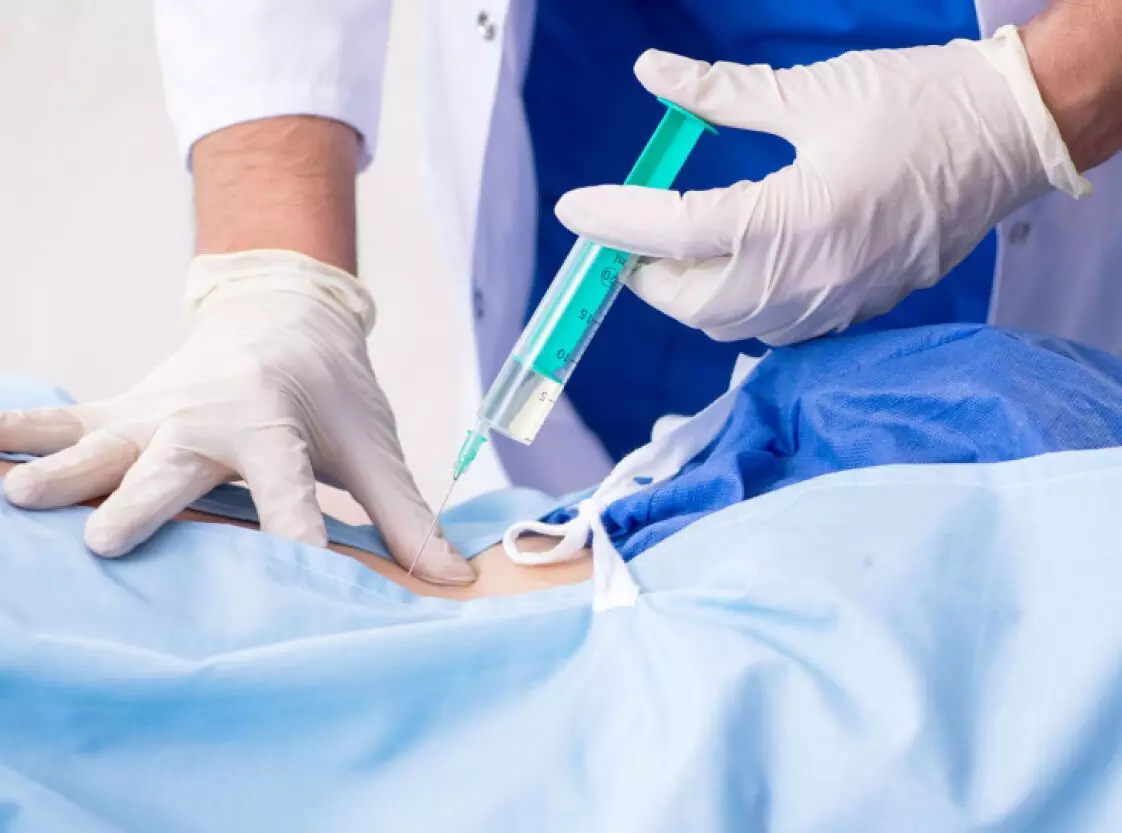Higher APOA4 Levels in Umbilical Cord Blood Linked to Maternal Depression, reports research

Researchers discovered high levels of apolipoprotein A4 (APOA4), a biomarker for depression, in umbilical cord blood of newborns whose mothers suffered with major depressive disorder (MDD). Maternal mental health in pregnancy has been known to impact neurodevelopment in the children. A recent study was published in The Journal of Obstetrics and Gynecology Research by Seiko M. and colleagues. The main aim of the study was the characterization of biochemical profiles in the umbilical cord serum of depressed mothers focusing on APOA4, a protein previously associated with lipid metabolism and inflammation.
Umbilical cord serum samples from two groups were screened: mothers with major depressive disorder (MDD) and healthy controls. Two mothers of each group were taken whose umbilical cord serum was assayed for LC–MS analysis that detected several proteins differentially expressed. Following this proteome analysis, ELISA was conducted to validate the findings. The second stage of the research consisted of a higher number of samples, 10 mothers per group; that is, MDD group: n = 10, control group: n = 10, in order to further improve the description of specific protein levels, particularly APOA4.
Important changes in proteomic profiles were evident to distinguish the two groups for MDD vs. controls, with pathways involved in the regulation of plasma lipoprotein particles and organization of synapses being one of those pathways. But most importantly, only APOA4 was elevated to statistical levels in the blood of the umbilical cord of the MDD patients.
-
APOA4 was significantly higher in the serum of the umbilical cord of MDD patients compared to controls.
-
Maternal serum APOA4 levels were also higher in mothers with MDD, but surprisingly levels in umbilical cord serum were found to be higher than those seen in maternal serum.
-
These findings indicate that the fetuses who reside within the womb of the mothers experiencing prenatal depression are exposed to high levels of APOA4 in utero that can influence their neurodevelopment and maybe even predispose them to future mental health disorders.
In umbilical cord serum, mothers suffering from MDD have significantly increased concentrations of APOA4 compared with healthy controls. Thus, fetuses of pregnant women experiencing prenatal depression are exposed to higher levels of APOA4 in utero, which may be implicated in neurodevelopment and mental health later in life. As maternal mental health is one of the crucial determinants of prenatal care, these findings focus on monitoring and treating the pregnant woman’s depression for the health of the mother and her offspring.
Reference:
Matsuo, S., Moriyama, Y., Ushida, T., Imai, K., Tano, S., Miki, R., Yoshida, K., Yokoi, A., Kajiyama, H., & Kotani, T. (2024). Elevated levels of apolipoprotein A4 in umbilical cord serum from the maternal major depressive disorder. The Journal of Obstetrics and Gynaecology Research. https://doi.org/10.1111/jog.16096
Powered by WPeMatico



